As flu season approaches, it's crucial to keep our community informed and prepared. With the changing weather and increased indoor gatherings, taking proactive steps can help us stay healthy and reduce the spread of illness. From vaccination to proper hygiene practices, there's much to consider during this time of year. So, let's dive deeper into how we can effectively navigate this flu season together'read on for essential tips and resources!
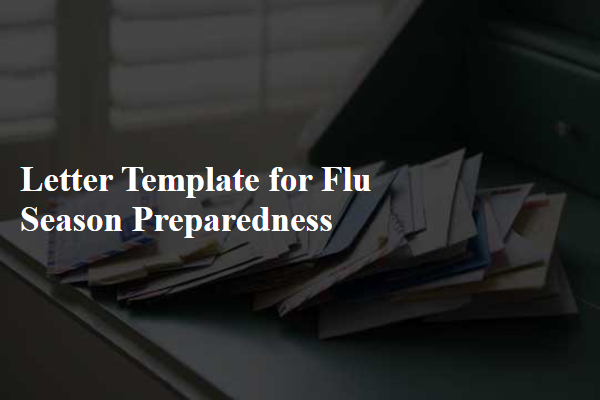
Health and safety protocols
Flu season preparedness is essential in minimizing the impact of influenza (commonly known as the flu) on communities. Vaccination remains the most effective preventive measure, with annual flu vaccines recommended by the Centers for Disease Control and Prevention (CDC) for individuals aged six months and older. Personal hygiene practices, such as frequent handwashing with soap and water for at least 20 seconds or using hand sanitizer with at least 60% alcohol, can significantly reduce the transmission of the virus. Encouraging individuals to cover coughs and sneezes with elbows or tissues further prevents the spread of respiratory droplets. Staying home when feeling unwell is crucial in protecting vulnerable populations, especially the elderly and those with pre-existing health conditions. Implementing health protocols in workplaces, schools, and healthcare settings, including regular disinfection of commonly touched surfaces, can enhance community resilience during the flu season. Monitoring local health advisories ensures timely responses to outbreaks, safeguarding public health effectively.
Vaccination information and benefits
Flu season presents significant health risks, particularly for vulnerable populations such as the elderly (those over 65 years old), young children (under 5 years old), and individuals with chronic illnesses (like asthma or diabetes). Vaccination remains one of the most effective strategies for prevention. The Centers for Disease Control and Prevention (CDC) recommends yearly flu vaccinations, ideally by October, to optimize immunity before the peak season. Vaccines, including the quadrivalent formulation, target multiple virus strains, reducing symptoms and hospitalizations (estimated 4 million flu-related doctor visits annually). Vaccination significantly decreases the likelihood of complications, such as pneumonia, and protects not only individuals but also the community through herd immunity. Up to 60% effectiveness has been observed in flu vaccines, emphasizing the importance of early immunization in saving lives and reducing healthcare costs.
Hygiene and sanitation reminders
Flu season demands heightened hygiene and sanitation practices to mitigate the spread of influenza viruses. Handwashing with soap and water for at least 20 seconds is crucial, especially after using the restroom and before eating meals. Alcohol-based hand sanitizers with at least 60% alcohol can serve as effective alternatives when soap and water are unavailable. Frequent cleaning of commonly touched surfaces, such as doorknobs (often harboring pathogens), light switches, and electronic devices, is essential to minimize contamination. Covering coughs and sneezes with tissues or elbows helps prevent droplets containing the virus from dispersing in communal spaces like schools and workplaces. Staying informed about flu vaccine availability, typically rolled out in the fall months (September to November), can further enhance community immunity and reduce severe illness cases during peak flu activity periods.
Emergency contact information
Emergency contact information is crucial for flu season preparedness, especially for healthcare facilities and individuals. Key contacts should include local health department offices, such as the Centers for Disease Control and Prevention (CDC) or state health services, which provide timely guidance on prevention measures. It is important to have primary care physician contact details readily available for consultations on flu symptoms. Family members and trusted friends should be listed as emergency contacts in case medical assistance is needed. Additionally, local hospitals or urgent care centers should be identified, including their addresses and phone numbers, to facilitate quick responses during a health crisis. Having this information organized can significantly improve response times during flu outbreaks, ensuring that timely medical help is accessible.
Resources for flu prevention and care
Flu season preparedness is vital for communities to manage outbreaks effectively. Vaccination is one of the most critical resources, recommended annually by the Centers for Disease Control and Prevention (CDC), ideally administered before December. Educational materials about hygiene, such as handwashing techniques and proper cough etiquette, can significantly reduce transmission rates. Access to antiviral medications, like oseltamivir (Tamiflu), is essential for treatment and prevention, especially for high-risk groups. Local health departments, such as the New York City Department of Health, provide essential support through flu shot clinics and informational campaigns. Employers should implement sick leave policies to encourage employees to stay home when ill, lowering workplace contagion. Additionally, maintaining a healthy lifestyle through nutrition and exercise can enhance immune function, offering further protection against the influenza virus.


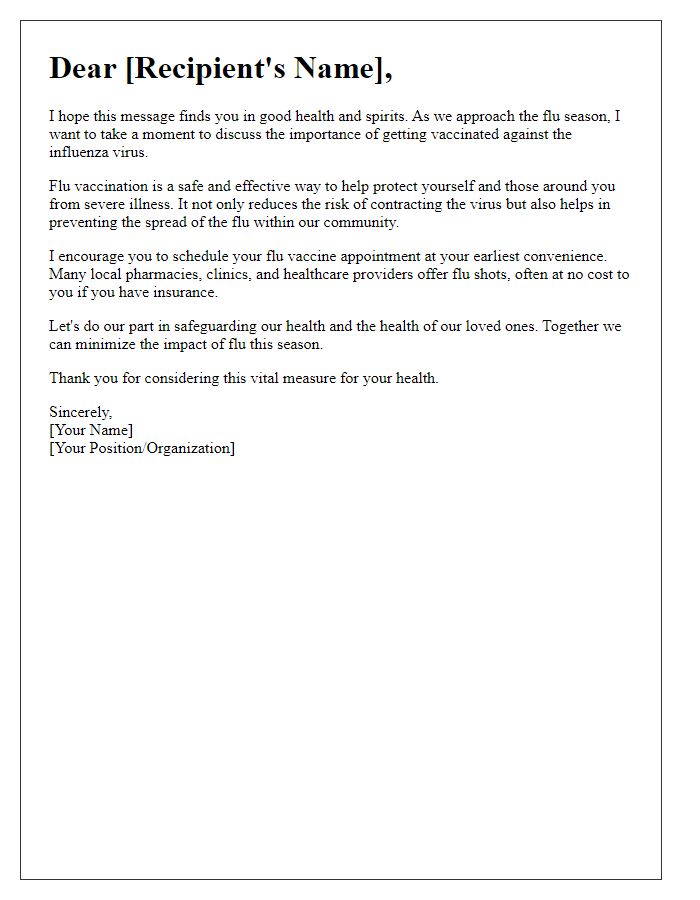
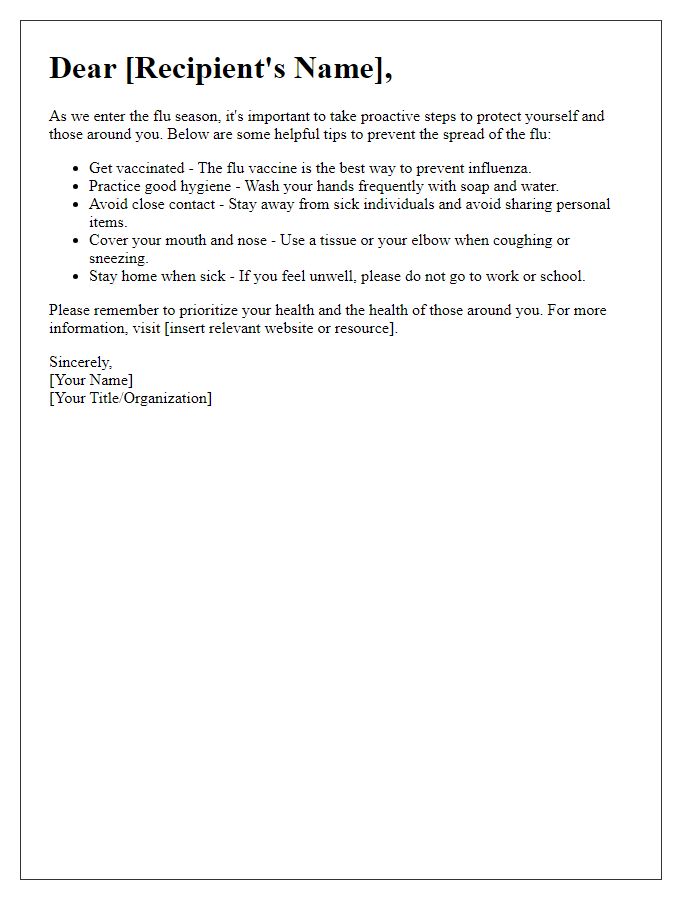
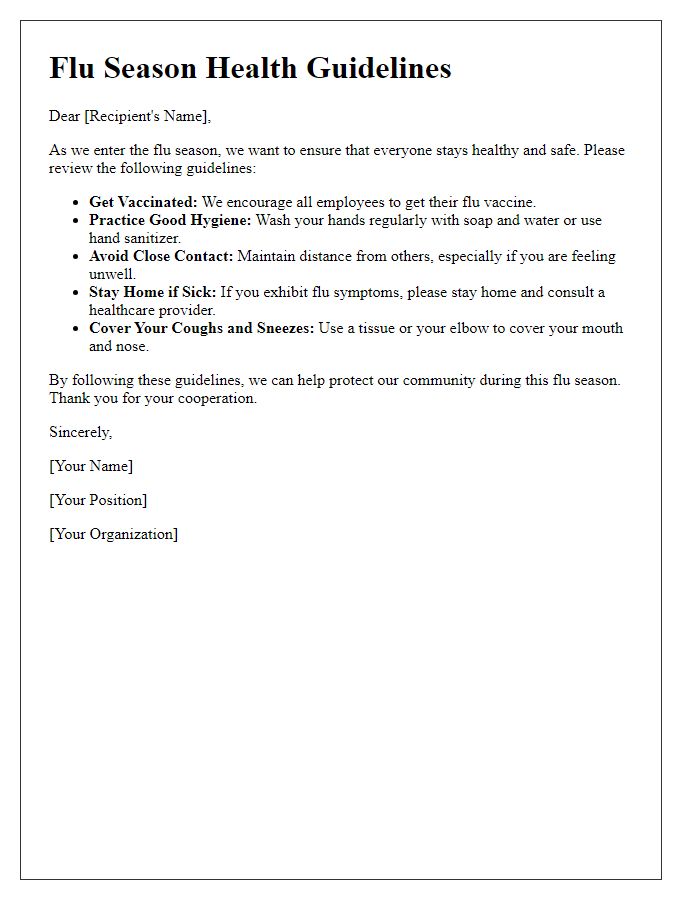

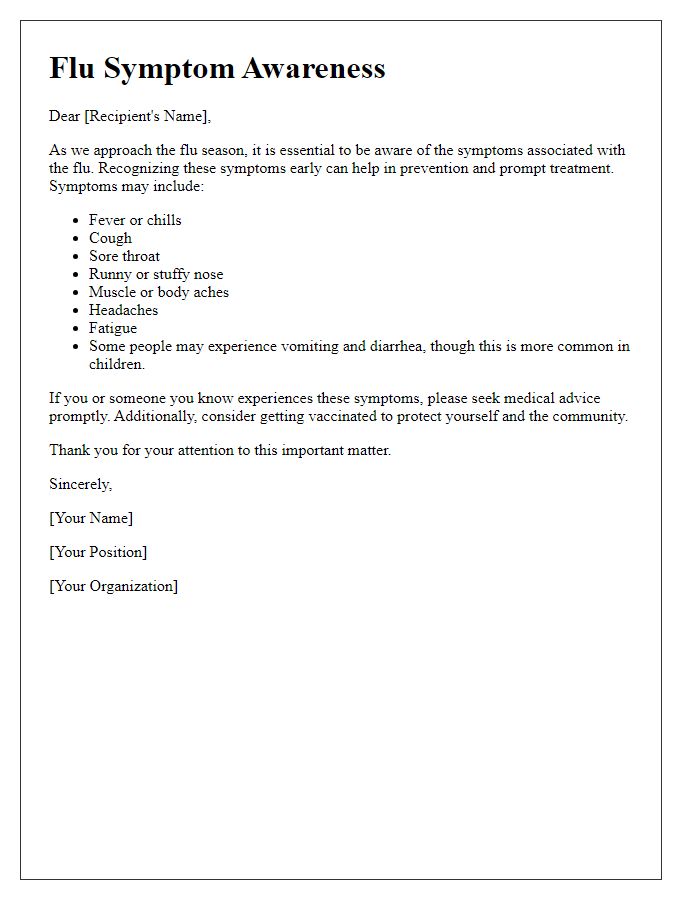
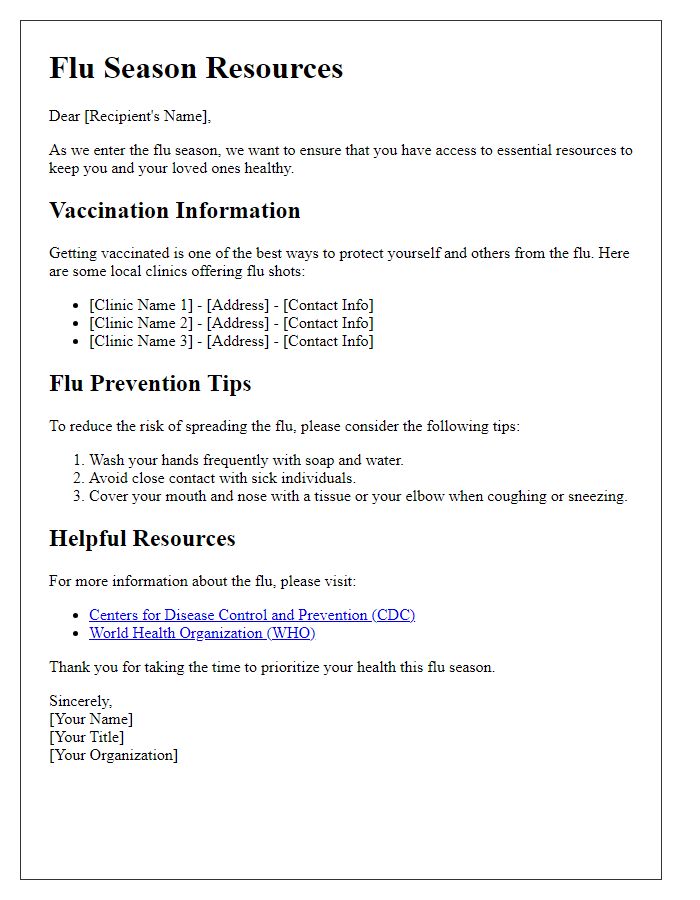
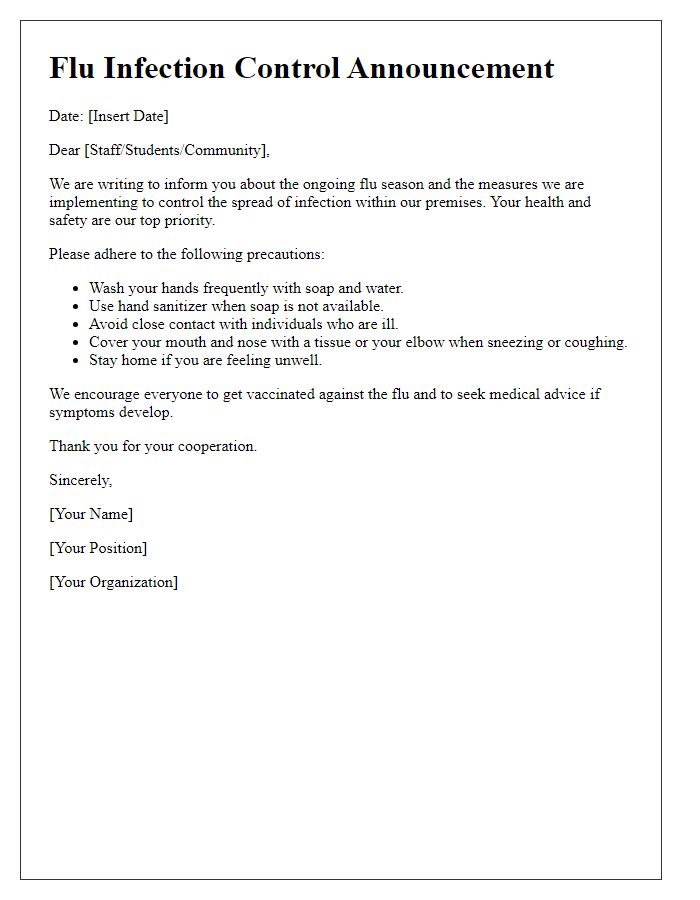
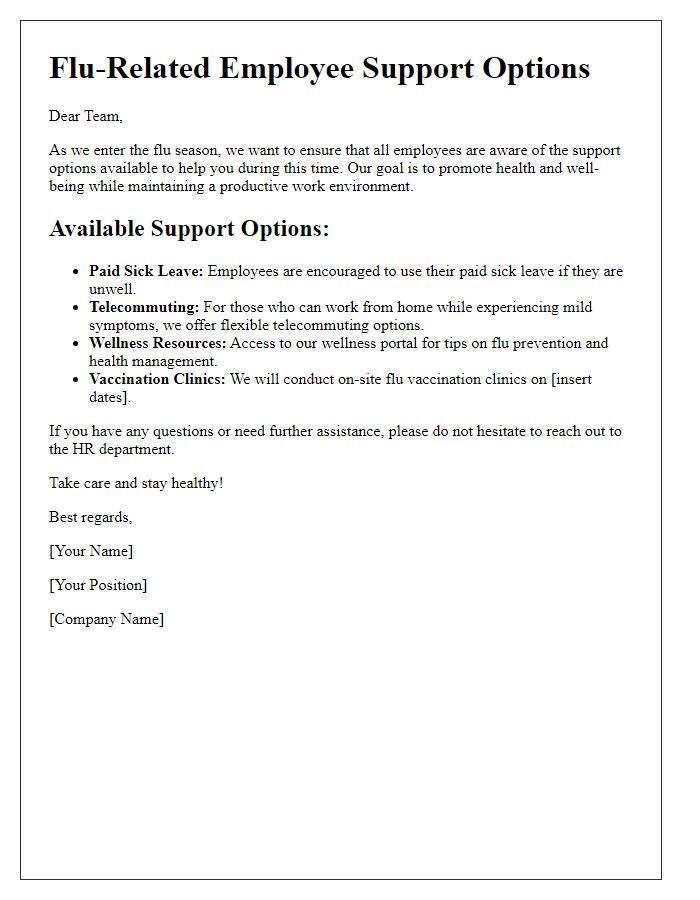


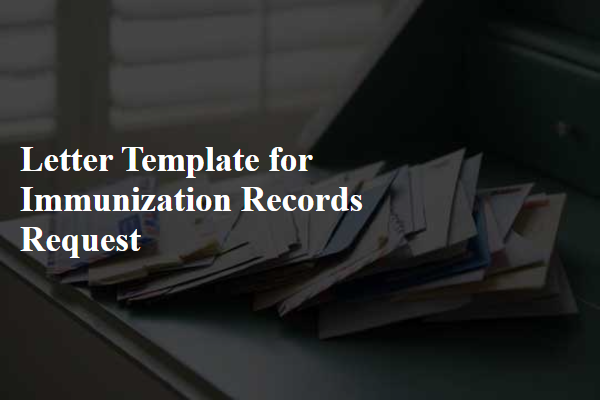



Comments